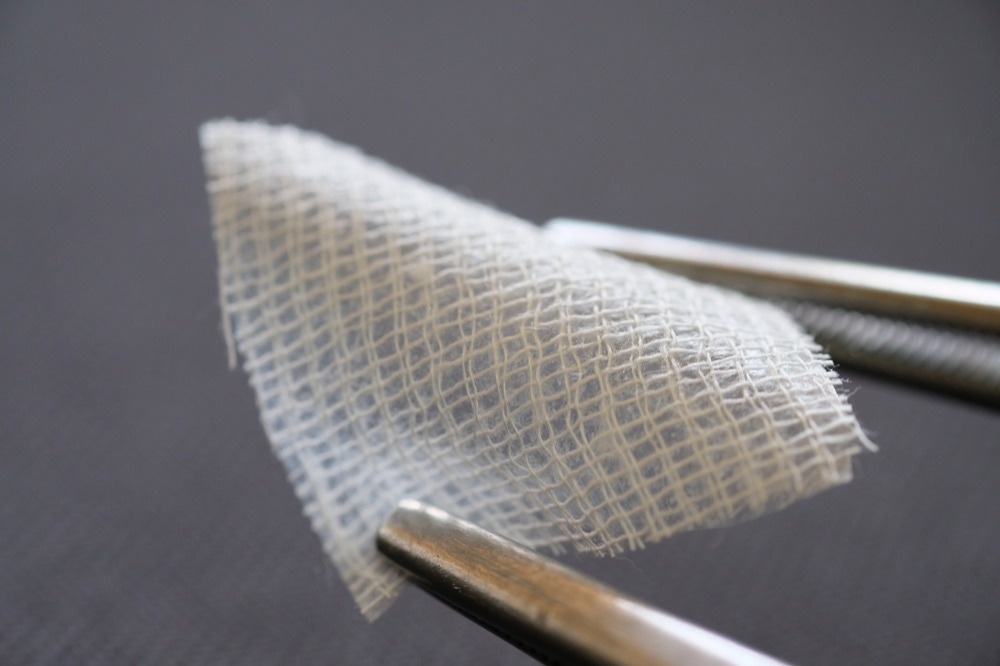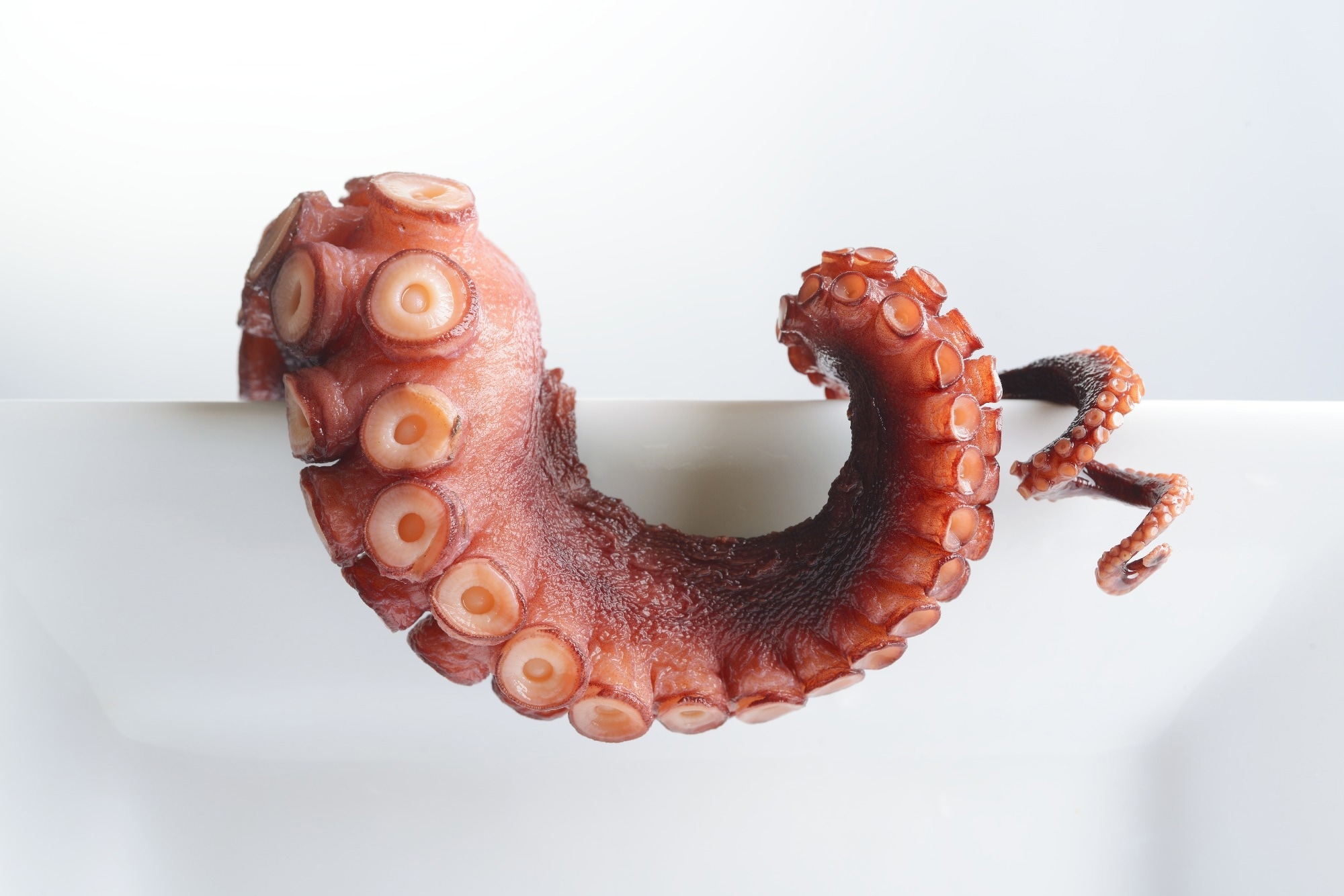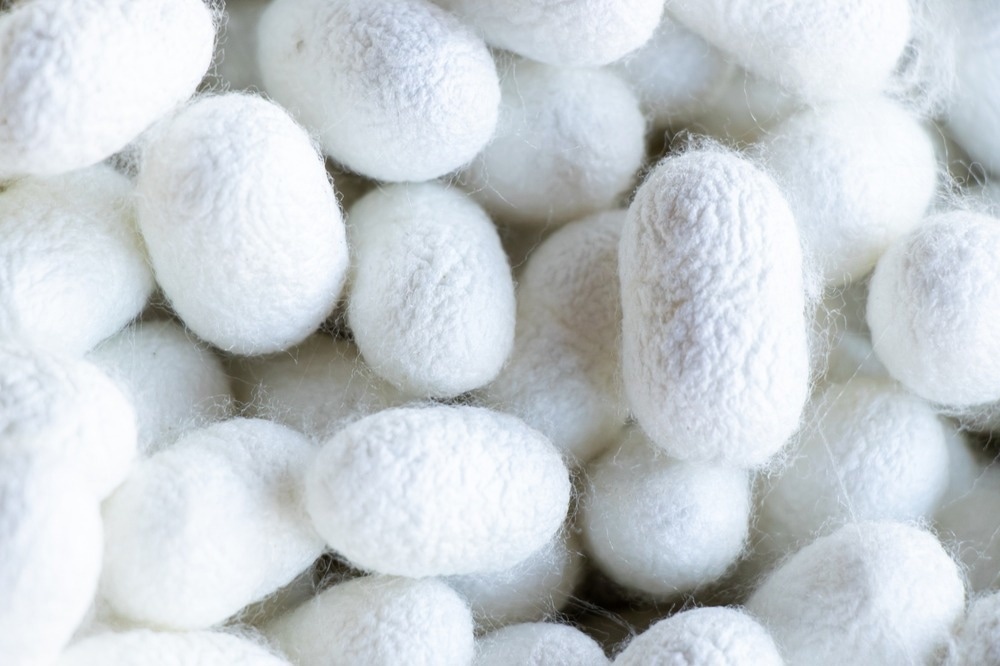Introduction
Bioinspired breakthroughs in Biomedicine
Gecko-Inspired Surgical Glue
Puffer Fish Inspired Monitoring Device
Octopus-Inspired Sucker for Tissue Grafting
Electric Fish Inspired Catheter
Biomaterials of Interest in Biomedicine
Black Phosphorene in Medical Applications
3D Printed Calcium Phosphate Graphene Scaffolds for Bone Formation
Silk Fibroin for Wound Healing
Conclusion
References
Evolving for billions of years, nature offers various materials and structures that possess unique functions and properties. Bioinspired materials are synthetic materials whose structure, properties, or function mimic those of natural materials or living matter. Bioinspired innovations have the potential to revolutionize the field of medicine.
There have been several breakthroughs in biomedicine where materials have been developed that mimic the activity of living organisms, including geckos, puffer fish, octopus, and electric fish. Numerous biomaterials are currently being researched for their unique structural and biological properties. The critical structural features of these biomaterials may be taken advantage of to create novel bioinspired materials for future applications.

Image Credit: Adji Koesoemowidodo/Shutterstock.com
Bioinspired breakthroughs in Biomedicine
Numerous significant breakthroughs in biomedical engineering have influenced the development of medical technologies using nature. Many of which are inspired by living organisms.
Gecko-Inspired Surgical Glue
A significant transformation over the past seven years was a biodegradable bandage that can be utilized for organ and tissue repair. These bandages were created using small nanostructures that mimic the scaly surface of a gecko’s foot. These gecko adhesive-based bandages led to the launch of a company known as Tissium, which focused on the generation of biomorphic and programmable tissues.
Puffer Fish Inspired Monitoring Device
To study and monitor ulcers and tumors, engineers at MIT created an ingestible pill inspired by puffer fish. This pill is created from two hydrogel layers and can inflate when in contact with gastrointestinal juices and deflate with a calcium solution. This pill is able to stay in the stomach for up to a month.
Octopus-Inspired Sucker for Tissue Grafting
Professors from the University of Illinois have created an octopus-inspired sucker capable of handling grafts with minimal pressure. The octopus-inspired sucker was invented to minimize the risk of damaging and contaminating tissue grafts before application.
This creation is based on a temperature-responsive hydrogel layer that imitates the muscular tentacles of an octopus through expanding and contracting. When heated using an electrical heater, the hydrogel shrinks. Once placed on the graft, the electrical heater is turned off, causing the gel to expand and suction onto the graft. Finally, when the graft is placed on the desired area, the hydrogel can be reheated to shrink, thus causing the suction on the graft to be released.

Image Credit: pick/Shutterstock.com
Electric Fish Inspired Catheter
John Hopkins University has developed a catheter inspired by electric fish. This catheter is able to navigate through complex blood vessel pathways and will be particularly useful for patients who cannot undergo fluoroscopy procedures.
The tip of the electric fish-inspired catheter contains electrodes that are able to send feedback about its location within a blood vessel. This is similar to how electric fish use electroreceptors to detect electric fields. Such a design allows the catheter to be guided to the exact location where it is needed.
Biomaterials of Interest in Biomedicine
In addition to the current breakthroughs within the field, several biomaterials of interest are currently being researched. These biomaterials demonstrate unique properties, structures, and biological activity that may be exploited for designing novel bioinspired materials in future biomedical applications.
Black Phosphorene in Medical Applications
Black phosphorus displays structural and biochemical properties that make it useful for biomedical applications. 2D sheets of black phosphorus are known as black phosphorene. Black phosphorene possesses certain unique features compared to other biomaterials such as graphene.
This material demonstrates high in vivo biodegradability and produces non-toxic agents in the body. Moreover, black phosphorus shows low cytotoxicity, thus avoiding local inflammation and toxicity induction. Overall, the biocompatibility, biodegradability, and biosafety of black phosphorus make it a promising candidate to exploit for use in biomedicine, including pharmacological applications, scaffold, and prosthetic coatings, biosensing devices, and medical imaging.
3D Printed Calcium Phosphate Graphene Scaffolds for Bone Formation
Three-dimensional printed calcium phosphate graphene (3DP-CaPG) matrices are currently being studied for use in bone formation in vivo. 3DP-CaPG matrices are highly porous, moderately stiff, and mechanically robust, thus making these scaffolds increasingly relevant within biomedicine.
In vitro studies have demonstrated that 3DP-CaPG matrices are cytocompatible and have the ability to induce osteogenic differentiation of human mesenchymal stem cells (hMSCs). Furthermore, in vivo studies assessing bone regeneration have concluded that 3DP-CaPG stimulated cellular ingrowth, retained donor cells, and induced osteogenic differentiation. This material is also capable of resorption and biodegradation in vivo.
Overall, initial studies support the biocompatibility and biosafety of 3DP-CaPG matrices, highlighting the potential use of this biomaterial structure for bone regeneration applications. However, more developmental studies are required to improve the mechanical properties of 3DP-CaPG matrices and further evaluate long-term biosafety in vivo.
Silk Fibroin for Wound Healing
A silkworm cocoon protein, silk fibroin, demonstrates potential use for wound healing applications in the future. Silk fibroin presents several advantages compared to other synthetic or natural polymers and is characterized by incredible biological features and wound healing capacity.
A study showed that compared to collagen film, silk fibroin induced higher gene expression for wound repair and also higher motility due to weaker cell-fibroin interactions. Therefore, regarding biological responses involved in wound healing, Silk fibroin seems to be an excellent candidate to inspire future materials as it demonstrates higher activity compared to other commercially available collagen materials.

Image Credit: Bankrx/Shutterstock.com
Conclusion
There has been promising development over the years in the creation of bioinspired materials. Creating bioinspired materials has now become an established strategy to improve the field of biomedicine. Research within this field is still ongoing, and it may take many years before certain bioinspired materials are introduced into medical procedures.
References:
- Daneshmandi, L., et al. (2022). Ultra‑low binder content 3D printed calcium phosphate graphene scafolds as resorbable, osteoinductive matrices that support bone formation in vivo. Scientific Reports. 12: 6960.
- Kelly, C. (2021). Nine Bioinspired Medical Technologies. [Online] The American Society of Mechanical Engineers. Available at: https://www.asme.org/topics-resources/content/9-bioinspired-medical-technologies. (Accessed on 1 June 2022).
- Pollini, M., Paladini, F. (2020). Bioinspired Materials for Wound Healing Application: The Potential of Silk Fibroin. Materials. 13: 3361.
- Tatullo, M., et al. (2019). Phosphorene Is the New Graphene in Biomedical Applications. Materials. 12: 2301.
Further Reading
Last Updated: Jul 18, 2022